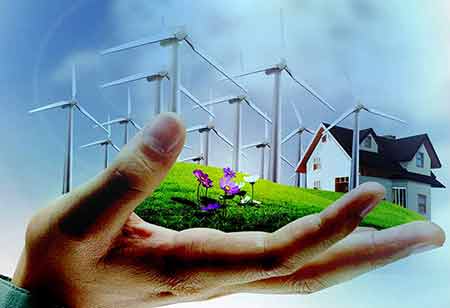Thank you for Subscribing to Energy Business Review Weekly Brief
Role Of AI and IoT in Electricity Production and Consumption
Sustainability problems figure in every aspect of energy production and use.

By
Energy Business Review | Monday, January 10, 2022
Stay ahead of the industry with exclusive feature stories on the top companies, expert insights and the latest news delivered straight to your inbox. Subscribe today.
Sustainability problems figure in every aspect of energy production and use. The requirement for electricity is at an all-time high and is constantly increasing. Several of the energy resources we have today are used to produce electricity.
The way natural resources are employed and the consumption pattern determine the sustainability level we can attain. Technologies such as artificial intelligence(AI) and the Internet of Things (IoT) are vital in making our electricity production and consumption activities environmentally friendly and safe.
Better electricity production practices facilitate saving resources and reduce the number of greenhouse gases generated. The same cause is essential for companies developing smart solutions through AI and IoT.
Each process concerned in the energy sector, including planning, executing, and monitoring, can leverage data to create and follow green practices. Smart grids are essential for ensuring a sustainable infrastructure in the electricity production sector. Smart grids allow much more flexibility and handle renewable resources like wind and solar energy much better than conventional networks.
Smart grids can combine numerous factors like demand, storage, and fluctuations to enable the integrated functioning of grids and reduce costs. If generated, the excess energy can be distributed back into the system without the danger of overload.
The capability of AI to gather and synchronize immense amounts of data is instrumental in the electricity sector, as sensors can help companies collect usage information and allocate energy resources according to requirements. As a result, efficiency can be driven up substantially from the supply and the utilization sides.
Smart meters are one of the numerous applications of new technologies that can transform how electricity is depleted. It reads individual appliance intake and offers real-time information that can support consumers gain insight into how they use power and how they can save more.
Adopting new technologies allows for advanced infrastructure, and companies can couple it with data analytics to create many times better systems than the current ones. As a result, the planet can necessarily envision a better future if producers and consumers combine to form practical solutions.






